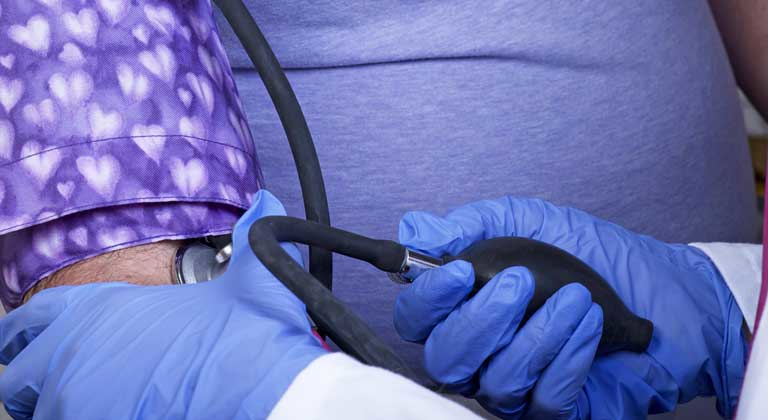Latex sensitivity
Help avoid latex sensitivity issues with some precautions
Whether it’s gloves, office supplies, or the product you make, odds are you’ll find latex rubber in your workplace. It’s a concern, since a number of people suffer from latex sensitivity.
So what is latex and why does it cause problems? Latex is a natural rubber made from the milky sap of the Brazilian rubber tree and contains a number of natural proteins. Those proteins can cause an allergic response. You’ll find it in thousands of consumer products, including:
Medical devices such as gloves, intravenous tubes, catheters, respirators, and blood pressure cuffs
Dentistry devices like orthodontic rubber bands and dental dams
Clothing with elastic bands like pants or underwear, running shoes, and raincoats
School or office supplies ranging from rubber bands to erasers, adhesive tape, rubber cement, and paint
Elastic bandages, including BAND-AID® brand bandages
Rubber balloons (Mylar balloons contain no natural latex rubber)
You need to be aware that a worker’s latex reaction may range from mild to severe—or even be life-threatening.
Irritant contact dermatitis
The most common problem associated with natural latex exposure is due to irritant contact dermatitis—a rash at the point of contact. Symptoms include:
Itchy hands
Skin rash that may be warm to the touch
Hives
Eczema
These reactions are usually temporary. You may see them begin within minutes of exposure, or it may take several hours to develop. Try hydrocortisone cream or calamine lotion to soothe the skin. It’s important for you to understand irritant contact dermatitis is not an allergic reaction to natural latex rubber, but the lesions may allow latex proteins into the body and boost the allergy.
Allergic contact dermatitis
Allergic contact dermatitis is caused by the chemicals used to process natural latex rubber. You’ll see a skin condition similar to poison ivy. Symptoms include:
Blistering
Itching
Crusting
The skin conditions usually appear a day or two after someone uses rubber gloves and usually goes away after a few days. But if symptoms reoccur, you should seek medical treatment.
Immediate hypersensitivity
There’s an even more severe reaction you need to be aware of. Latex proteins can sometimes become airborne. When this happens, a hypersensitive person may unknowingly breathe in these proteins and develop more severe reactions. Look for:
Swollen and red skin, lips, or tongue
Runny or stuffy nose
Shortness of breath
Abdominal pain
Diarrhea
Vomiting
Rapid heartbeat
Dizziness
You should understand that anaphylactic shock is a rare reaction to latex proteins and can cause severe breathing difficulties. A person in trouble may need:
An emergency injection of adrenaline (epinephrine/epi-pen)
Emergency room treatment
Oxygen
Corticosteroids
For less severe reactions, the doctor may prescribe antihistamines, which can be taken after exposure to control the reaction and help relieve any discomfort.
Control measures
Although medications are available to reduce latex allergy symptoms, there is no cure. The best thing you can do is help your workers avoid products that contain latex. Consider:
Providing non-latex gloves such as nitrile or neoprene. If natural latex gloves must be used, use low-protein powderless gloves.
Establishing a list of latex materials in the workplace and avoid buying the same items in the future.
Educating and training employees about the hazards of working with natural latex.
Having employees report suspected latex sensitivity symptoms.
Making your first aid providers aware of specific procedures required for latex sensitive individuals.
Moving sensitive individuals to latex-free zones.
Latex sensitive employees should also:
Wear a personal medical emergency ID bracelet.
Carry an emergency epinephrine kit if prescribed by a physician. Learn how to use it, along with family members, friends, and fellow employees.
When coming in contact with local emergency responders (police, fire, or ambulance service), let them know of your latex allergy before they put on gloves.
By being aware of the dangers of latex sensitivity and helping your employees understand them, you’ll help make your workplace safer for everyone.
Related resources
Accident Reporting
Accidents happen. And when they do, it’s important to know what to do to make sure your claim is filed promptly and accurately. We’ll explain the steps.
Effective safety meetings
Safety meetings are needed in every workplace. But how do you make sure they’re effective? We have some tips on how to help get the most out of yours.






